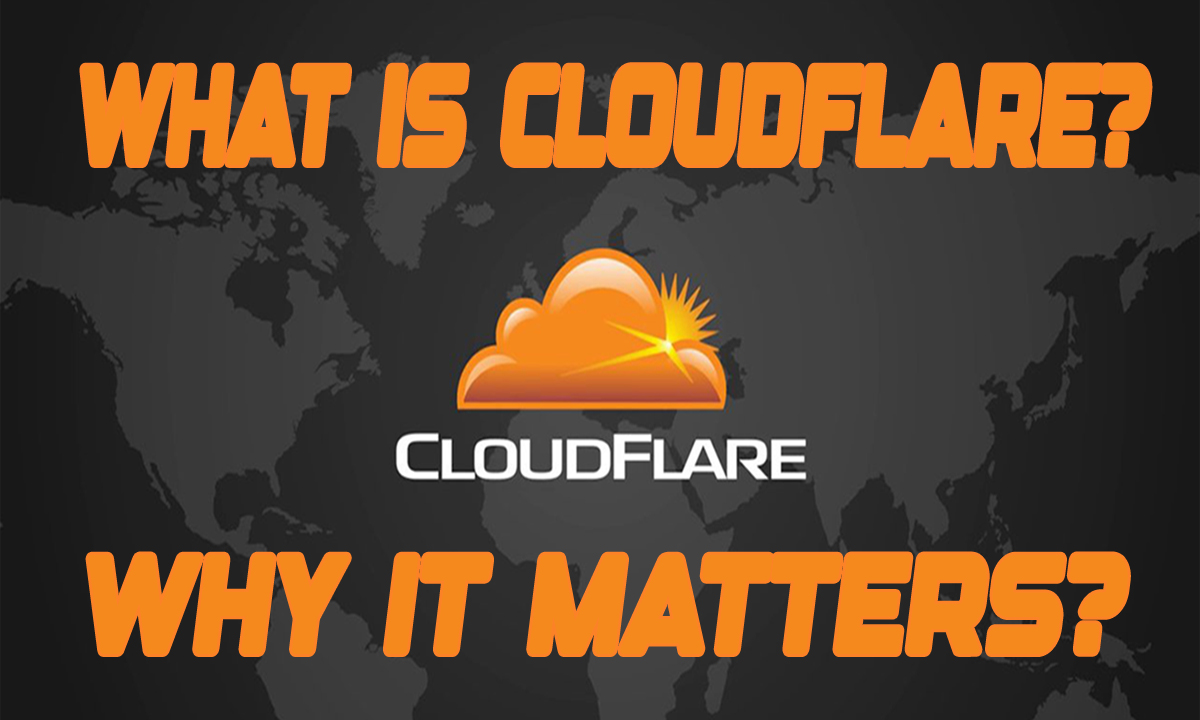A widespread internet disruption on Tuesday evening left several major platforms—including X (formerly Twitter), OpenAI’s ChatGPT, Gemini, Perplexity, Canva, and multiple online services—unreachable for millions across the world. The root of the outage was traced back to an issue within Cloudflare, a leading web-security and infrastructure company that sits quietly behind a huge portion of the global internet.
Table of Contents
According to DownDetector, which compiles outage reports from user submissions and various online sources, the problems began when Cloudflare’s support portal provider experienced a failure. What started as a localized issue quickly escalated, affecting Cloudflare’s broader network and subsequently impacting numerous websites and apps.
Also Read: Global Blackout, Major Outage at Cloudflare Disrupts Online Services, Millions Affected
During the disruption, users struggled to access sites such as X, Letterboxd, Canva, ChatGPT, and even popular online games like League of Legends. Truth Social, the platform backed by Donald Trump, also faced accessibility issues tied to the same Cloudflare error. Users reported apps refusing to load or crashing instantly, linking the difficulties to Cloudflare’s malfunction.
What Is Cloudflare and Why Does It Matter?
Cloudflare is one of the world’s largest internet infrastructure providers, responsible for shielding websites from cyberattacks, filtering fake traffic, and ensuring faster page loads. Normally invisible to users, Cloudflare functions behind the scenes—until something goes wrong. And when it does, its absence can bring major chunks of the internet to a standstill.
During Tuesday’s outage, users attempting to access X saw error messages generated by Cloudflare, including prompts asking them to “try again in a few minutes.” Others were blocked outright by alerts such as: “Please unblock challenges.cloudflare.com to proceed.”
Cloudflare says it supports “millions of internet properties,” helping businesses, non-profits, and individuals maintain stable and secure online services. A failure within this system affects websites almost instantly, creating a ripple effect across hundreds of platforms.
Cloudflare Responds
In its initial update, Cloudflare confirmed it was investigating an issue that appeared to be affecting multiple customers simultaneously. The company did not immediately identify a cause or provide an estimate for a fix.
Cloudflare shares fell nearly 5% in early New York trading as news of the outage spread, reflecting investor concerns over the scale of the disruption.
The Wall Street Journal reported that the outage briefly disabled major social-media platforms, retail websites, delivery apps, and essential productivity tools—once again exposing how heavily the digital world depends on a small number of cloud-security companies.
Platforms including X, ChatGPT, DoorDash, IKEA, and Indeed displayed error messages that pointed back to Cloudflare’s network.
DownDetector itself experienced issues, while tens of thousands of users globally reported failures in loading websites or accessing basic services.
Traffic Surge Behind the Meltdown
Cloudflare later said it was still determining the root cause but noted that an unexpected spike in traffic around 6:20 a.m. ET triggered widespread network errors. Engineers were working “all hands on deck” to stabilize services and ensure traffic was routed without interruption.
Following the disruption, Cloudflare stock slipped by another 2% during early trading.
A Reminder of the AWS Outage
The incident drew comparisons to a recent Amazon Web Services (AWS) outage last month. Like AWS, Cloudflare mostly operates unnoticed by users—but countless websites rely on its infrastructure, meaning any disruption can freeze large portions of the internet.
Experts warn that this dependency creates a dangerous single point of failure.
Cybersecurity specialist Graeme Stewart of Check Point Software said the outage demonstrated the risks of centralized infrastructure.
“News sites, payment systems, public information pages, community services—everything froze,” he said. “Not because each system failed individually, but because a single layer they all rely on stopped responding.”
He noted that many organizations depend on one provider without a proper backup plan: “When that route fails, there is no fallback. That is the vulnerability we keep seeing.”
The outage temporarily stalled online shopping, disrupted job portals, delayed food-delivery services, and hindered workplace tools—showing how even a brief technical failure can slow down the digital economy.
Cloudflare said mitigation efforts were underway, and services gradually started returning to normal through the morning.
